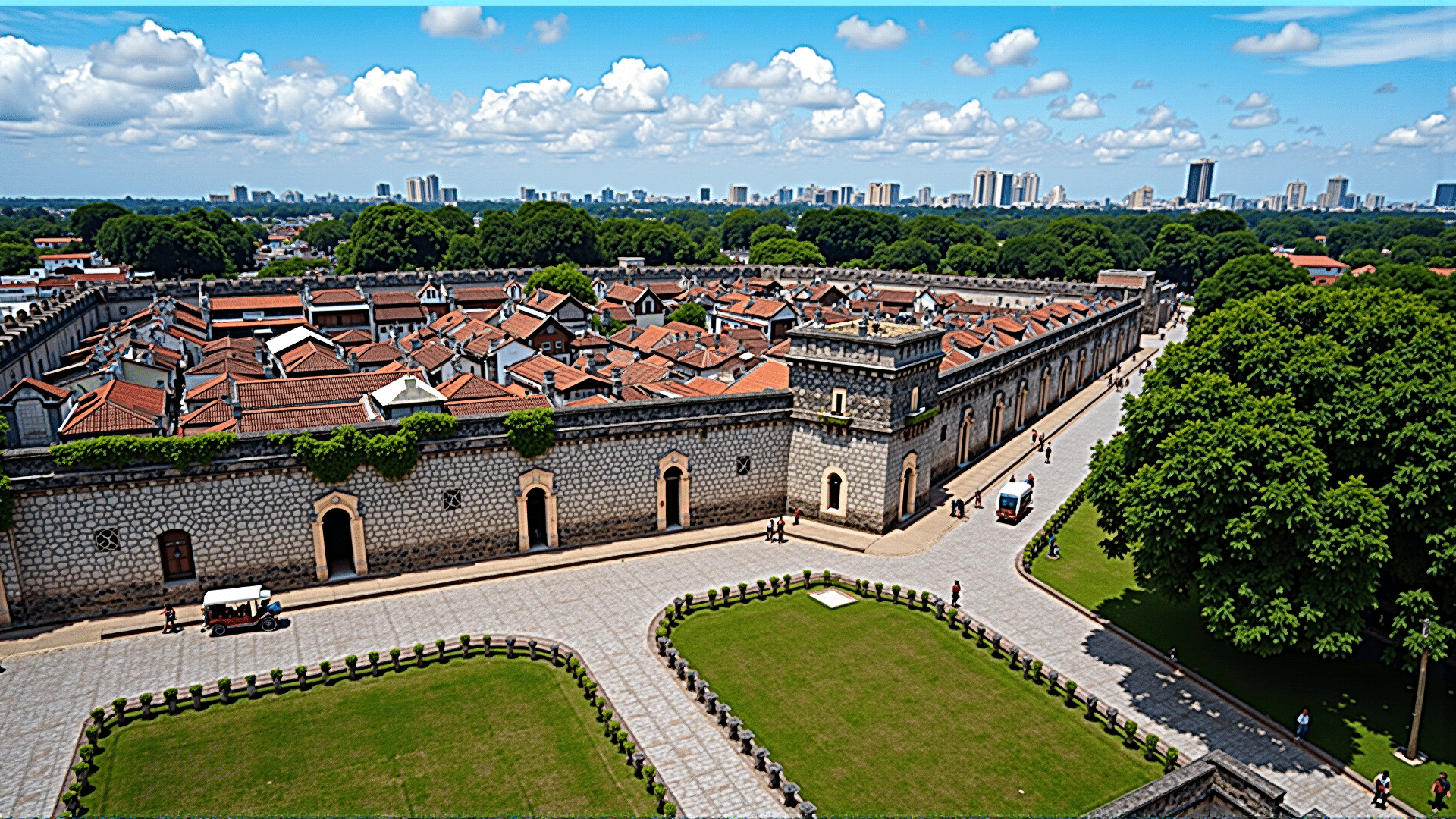Intramuros, located in Manila, serves as a timeless testament to the Philippines' vibrant past. Stepping into this historical enclave, visitors find themselves transported to an era where colonial influence shaped the very fabric of the nation’s identity. This walled city, with its fortified walls and well-preserved structures, offers a glimpse into a bygone era, rich with stories and cultural significance.
Established in the late 16th century, Intramuros was designed to be a stronghold for the Spanish colonial government. The massive stone walls that encircle the district speak volumes about its primary role as a defensive structure intended to protect against invasions. Each stone laid is a reminder of the military strategies and engineering prowess prevalent during those times.
Wandering through Intramuros, one is immediately struck by the architectural wonders that stand as silent witnesses to centuries of history. The Spanish influence is palpable in the design of the churches, government buildings, and homes that dot the landscape. San Agustin Church, the oldest stone church in the Philippines, holds the distinction of being a UNESCO World Heritage Site, admired for its intricate baroque design and resilient structure.
Besides its architectural marvels, Intramuros is a cultural treasure trove. Visitors can explore Casa Manila, a museum that replicates a Spanish colonial house, offering a snapshot of domestic life during that epoch. The cobblestone streets and horse-drawn carriages add a touch of authenticity, allowing for an immersive experience that transports guests back in time.
Education played a significant role within the walled city as well, with institutions like the University of Santo Tomas and Ateneo de Manila originally situated within its bounds, highlighting its status as a center of learning.
As modernity continues to evolve, Intramuros stands resilient, balancing preservation with the necessary adaptations to remain relevant. Various efforts have been undertaken to ensure the integrity of its historical structures, while also making them accessible and engaging for today's visitors.
Strolling through Intramuros provides a unique opportunity to reflect on the symbiosis of past and present. Here, the echoes of historical events and everyday colonial life linger, inviting each visitor to ponder their place in the continuum of history. For anyone seeking to understand the soul of the Philippines, a journey through the Walled City is an essential pursuit.
